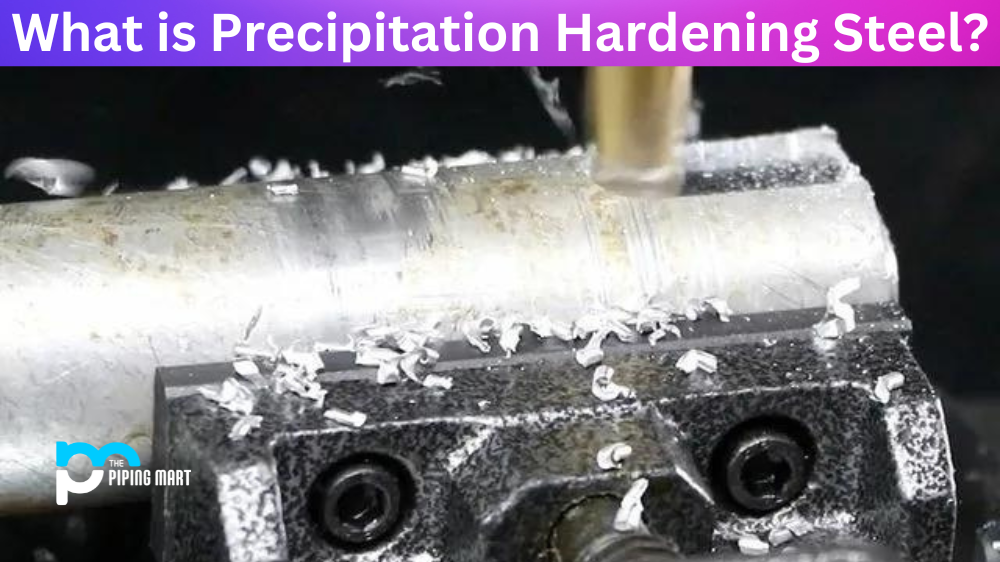MIG welding is a popular method of joining metals like stainless steel, aluminum, and copper. It’s fast, efficient, and doesn’t require as much skill as other welding processes. However, it can be difficult to weld 316 stainless steel with a MIG welder due to its high sulfur content. In this blog post, we’ll discuss how to safely and effectively MIG weld 316 stainless steel.
Preparation is Key
Before you begin welding 316 stainless steel, there are several steps you should take to ensure safe and effective results. First, make sure that you have the right welding equipment for the job. You will need a MIG welder specifically designed for stainless steel (not just aluminum or copper), as well as shielding gas designed specifically for use with 316 stainless steel. You will also want to use gloves, face masks, and other protective gear to shield yourself from potential hazards associated with welding.
Welding Process
Once your equipment is ready to go and safety precautions are in place, it’s time to start the actual welding process. Before beginning your welds on the 316 stainless steel piece(s), use an angle grinder or other grinding tool to remove any rust or corrosion from the surface of the metal pieces you wish to join together. This is an important step because rust or corrosion can create obstacles that interfere with your welds later down the line. Next, set your welder according to the manufacturer’s instructions—this usually involves setting up parameters like wire speed and voltage—and then carefully begin making passes on your piece(s). Be sure not to move too quickly when making these passes; instead, move steadily at a consistent speed so that each pass fuses properly with the next one without creating gaps or weak spots in the overall welded joint(s). When you’re finished making passes on each joint(s), allow them ample time (usually 10-15 minutes)to cool before inspecting them for accuracy and quality assurance purposes.
Conclusion:
MIG welding 316 stainless steel may seem daunting at first, but following these tips can help ensure successful results every time! Proper preparation is key; make sure all rust/corrosion has been removed from your pieces before attempting any welds on them, and always wear protective gear when operating a MIG welder! Also, be sure not to move too quickly when making passes; slow, steady movements are best for achieving strong bonds between two pieces of metal! Following these steps can help ensure safe and effective results when working with this type of material! Intended Audience: Welders looking for information on successfully MIG welding 316 Stainless Steel

Abhishek is a seasoned blogger and industry expert, sharing his insights and knowledge on various topics. With his research, Abhishek offers valuable insights and tips for professionals and enthusiasts. Follow him for expert advice on the latest trends and developments in the metal industry.




